Reportar esta entrada
Más sobre la misma comunidad-colección
Viejo El Paso en El Paso Exploreum
Children learn about El Paso in the early 1880s at the general ...
El Paso Exploreum Children's Museum Opens in El Paso
The city's first children's museum opened on Jan. 28, 2013. The ...
El Paso Police Department Motorcycle detail - 1928
Left to Right: H.J. Williams, Harold Green, E.W. Cockran, Leo ...
El Paso Police Detectives - 1930s
Front row left to right: ?, Maywood Brandon (Drennan), Callie ...
El Paso Police Department Women's Auxiliary Police - 1951 - 1953
El Paso Police Department Jail Matrons - 1951 - 1953 Bottom Row ...
El Paso Police officer Juan Escontrias - 20s
Throughout the 1920s, El Paso's lawmen were frequently the ...
Directing traffic in front of Hotel Orndoff - 1909
El Paso police officer using hand-operated traffic signals ...











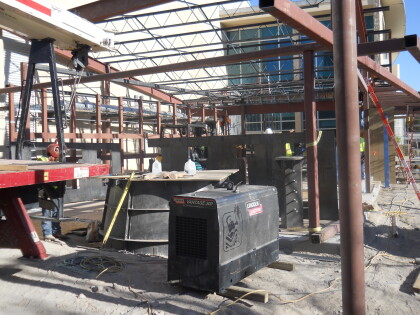
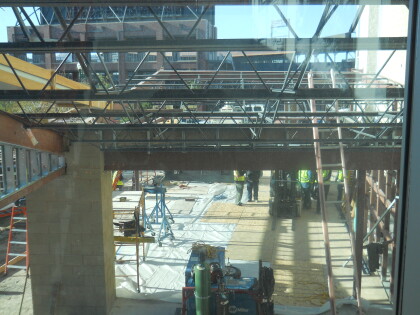
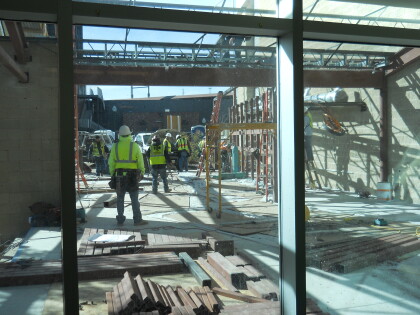
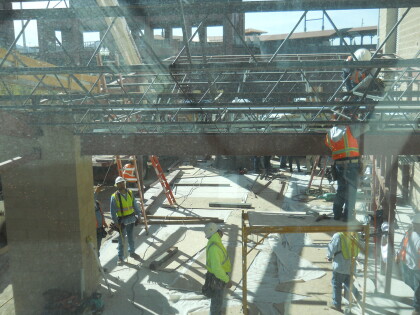
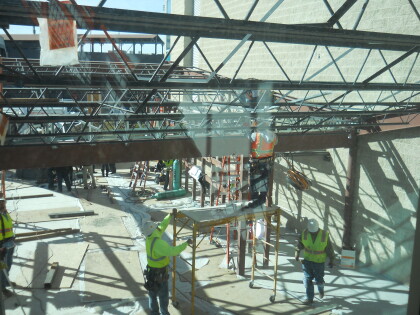
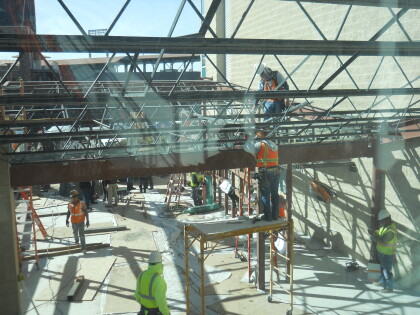

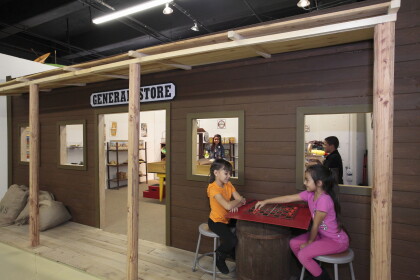
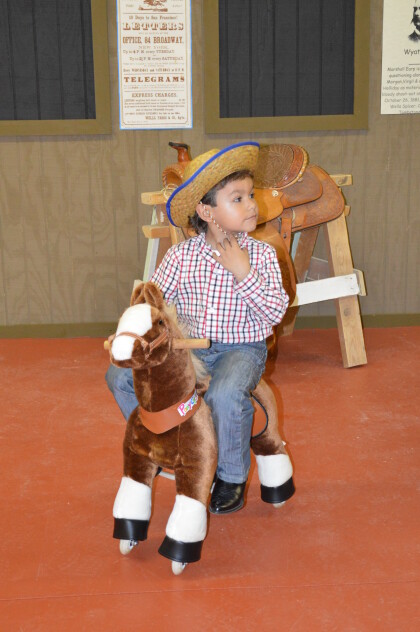
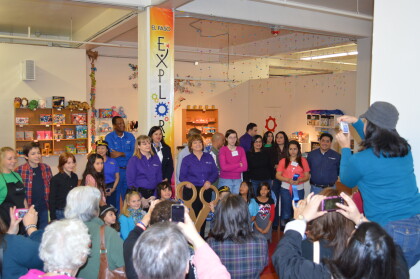
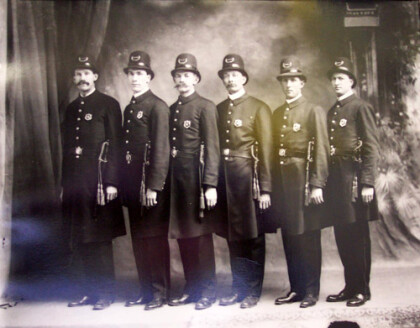
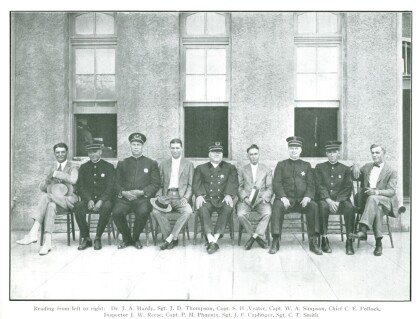
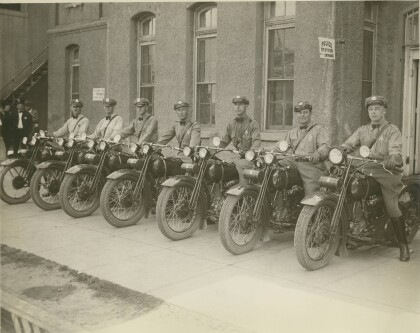
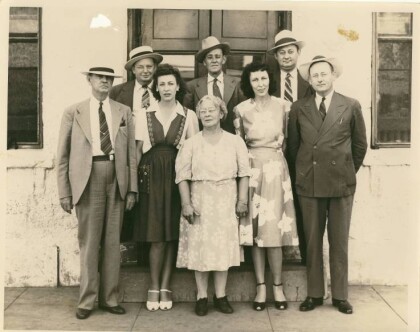
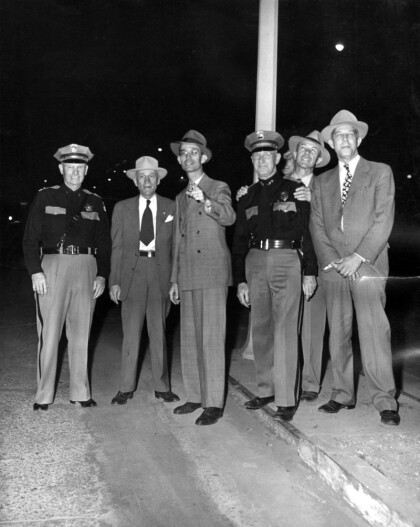
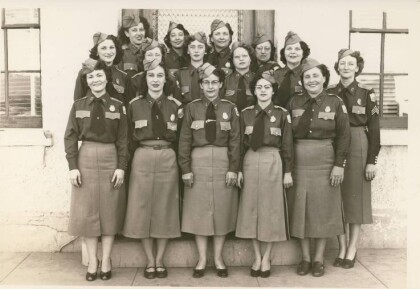
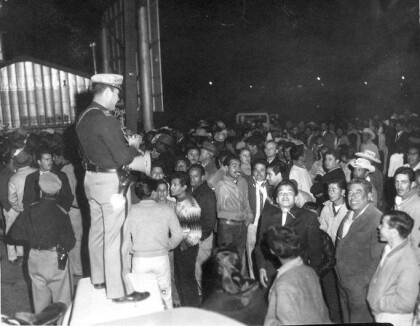
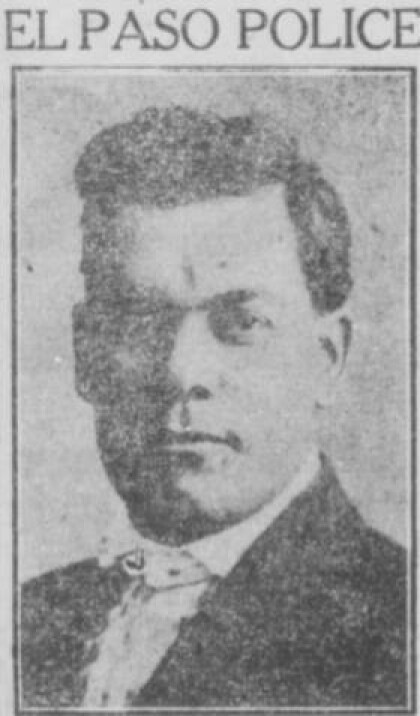
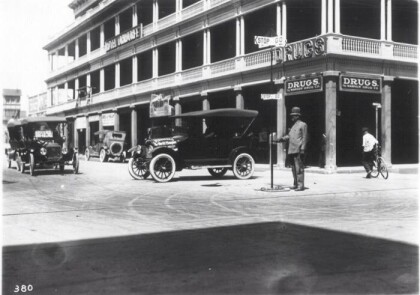
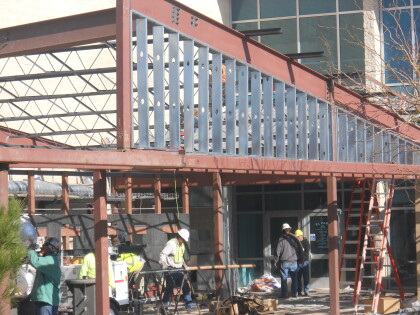
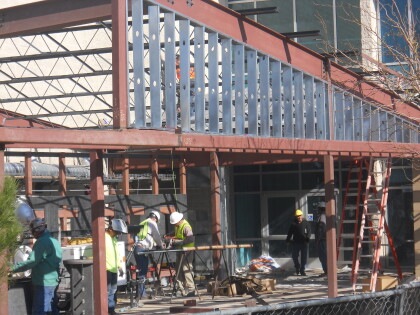
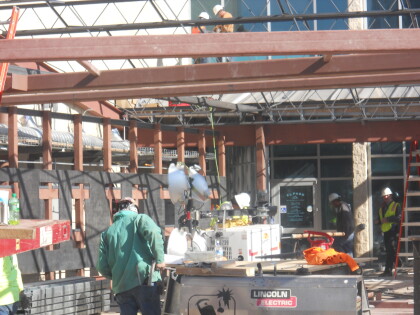
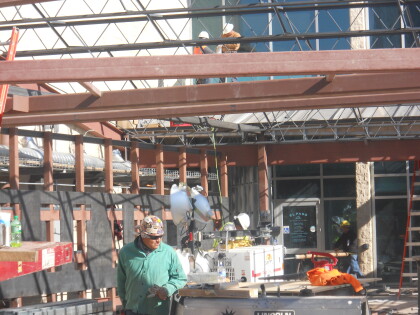
Comentarios
Hacer un comentario